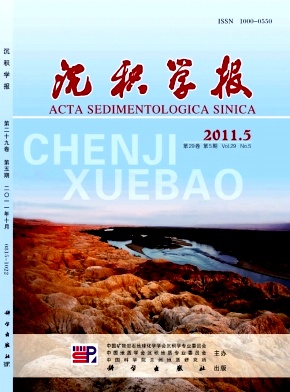Application of Heavy Mineral Data in the Analysis of Sediment Source: A case study in the Paleogene lower submember of the third member of the Liushagang Formation,Weixinan Depression
- Received Date: 1900-01-01
- Rev Recd Date: 1900-01-01
- Publish Date: 2011-10-10
-
Key words:
- heavy mineral
Abstract: Heavy mineral data are widely used in the analysis of sediment source. Source rocks of different depositional stages and different source areas can be identified based on heavy mineral suites. In this study using Qtype clustering analysis, the sample group with the same or similar features in the vertical profile is identified as sediments of the same depositional stages, so each sample group is representative of a certain depositional stage or source rock. On the basis of Qtype clustering analysis, using Rtype clustering analysis, the differences among each kind of heavy mineral are available in the same depositional stage, and different heavy mineral suites are defined. The same heavy mineral suite is considered that it comes from the same source rock, and the different heavy mineral suites are used to recognize different source areas. These, the sediments with features of the same depositional stage and the same heavy mineral suite are as an independent system. Coupled with the independent system's ZTR maps, allow robust identification of specific directions of sediment source in each depositional stage. The integrated data set shows that there are four distinct sediment sources in the submember in the study area. These are the northwest source, the southwest source, the northeast source, and the east source. The directions of different sediment sources identified are in accordance with the main building directions of fans delta or alluvial fans. Using heavy mineral suites generated from cluster analysis to identify source area in the Weixinan Depression is quite effective.
| Citation: | CAO Yingchang. Application of Heavy Mineral Data in the Analysis of Sediment Source: A case study in the Paleogene lower submember of the third member of the Liushagang Formation,Weixinan Depression[J]. Acta Sedimentologica Sinica, 2011, 29(5): 835-841. |






 DownLoad:
DownLoad: